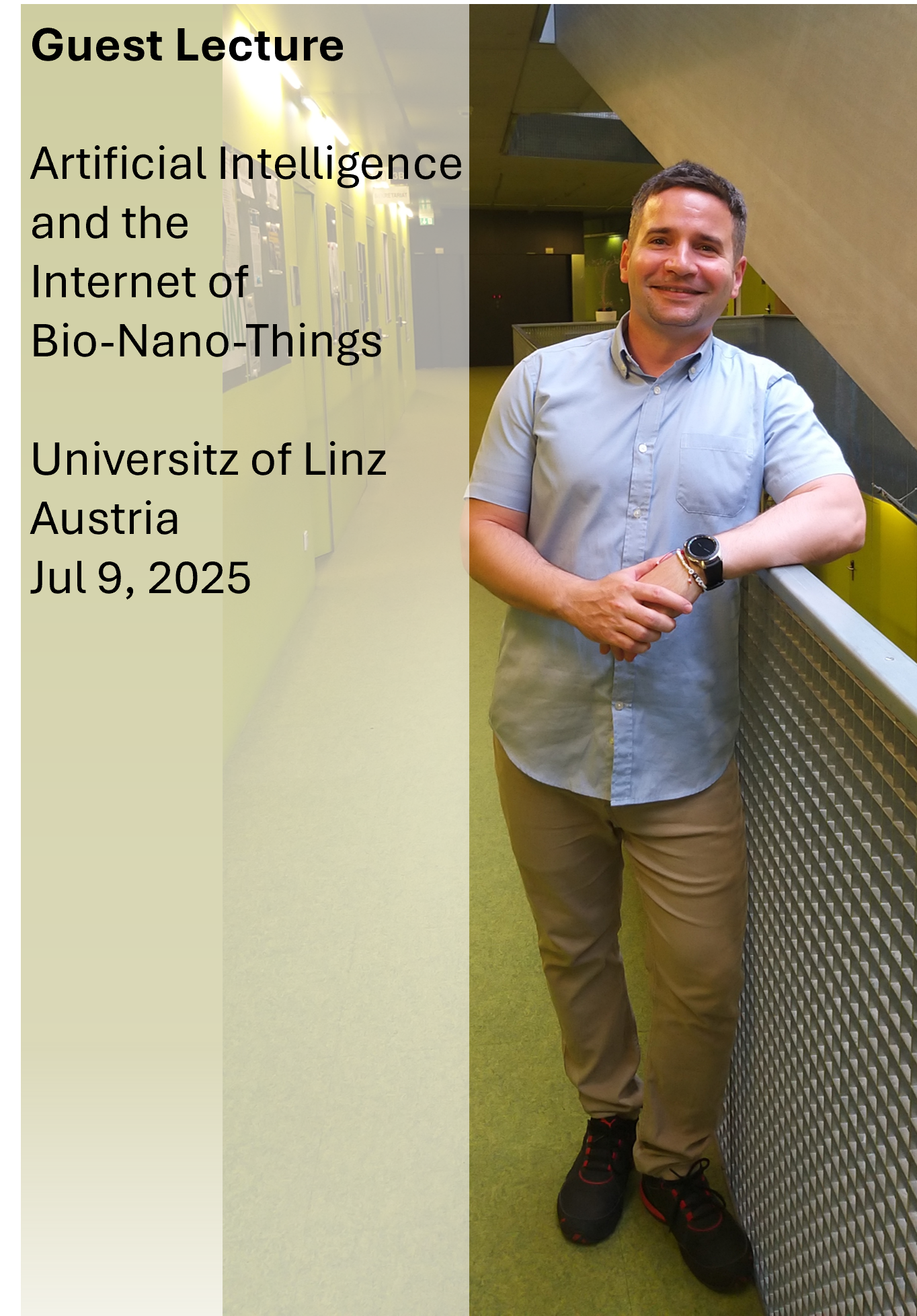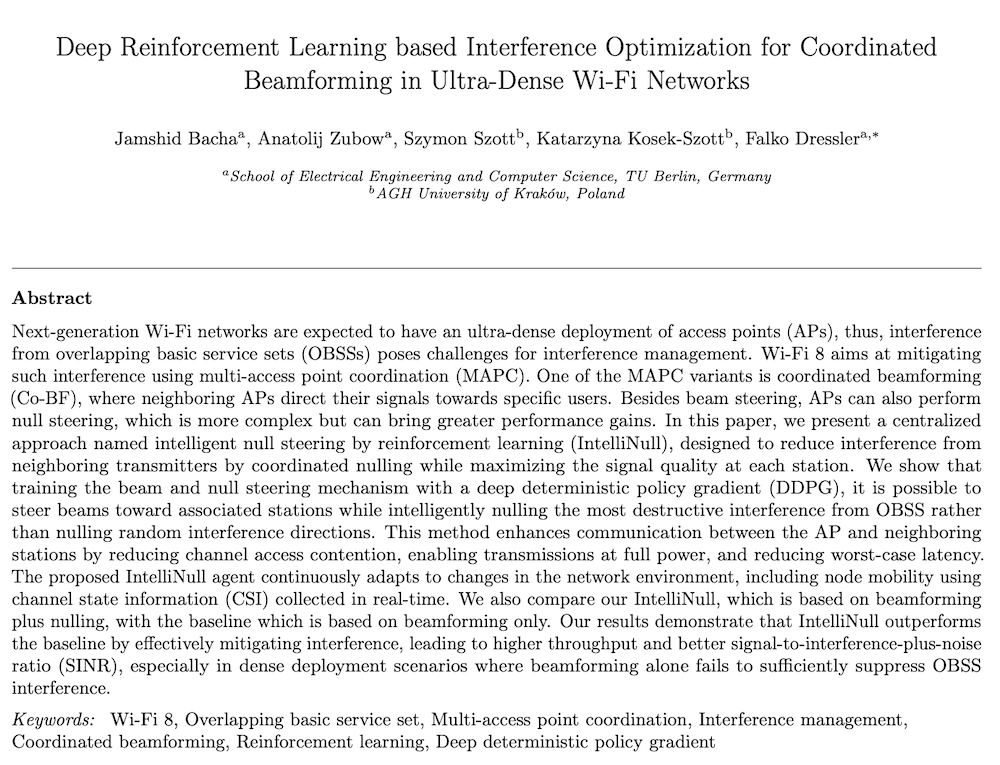Literature Database Entry
tebruegge2019empirical
Claas Tebruegge, Agon Memedi and Falko Dressler, "Empirical Characterization of the NLOS Component for Vehicular Visible Light Communication," Proceedings of 11th IEEE Vehicular Networking Conference (VNC 2019), Los Angeles, CA, December 2019, pp. 64–67.
Abstract
We investigate the influence of Non Line Of Sight (NLOS) components on the performance of Vehicular VLC (V-VLC). Given the steep rise of Intelligent Transportation Systems (ITS) for road safety applications, the need for reliable technologies for Vehicle-to-Vehicle (V2V) communication rises. Among others, V-VLC turned out to be a promising candidate to enhance vehicular connectivity, which nicely complements Radio Frequency (RF)-based technologies. V-VLC is supposed to be a Line Of Sight (LOS) communication technology, nevertheless, there is also a NLOS component caused by reflection on the road surface. In this paper, we investigate this influence in a real-world measurement campaign for different ground surfaces. Our results are very interesting as they (a) confirm a huge impact, and (b) indicate such reflections being actually helpful as they improve the received signal strength.
Quick access
Original Version ![]() (at publishers web site)
(at publishers web site)
Authors' Version ![]() (PDF on this web site)
(PDF on this web site)
BibTeX ![]()
Contact
Claas Tebruegge
Agon Memedi
Falko Dressler
BibTeX reference
@inproceedings{tebruegge2019empirical,
author = {Tebruegge, Claas and Memedi, Agon and Dressler, Falko},
doi = {10.1109/VNC48660.2019.9062832},
title = {{Empirical Characterization of the NLOS Component for Vehicular Visible Light Communication}},
pages = {64--67},
publisher = {IEEE},
issn = {2157-9865},
isbn = {978-1-7281-4571-6},
address = {Los Angeles, CA},
booktitle = {11th IEEE Vehicular Networking Conference (VNC 2019)},
month = {12},
year = {2019},
}
Copyright notice
Links to final or draft versions of papers are presented here to ensure timely dissemination of scholarly and technical work. Copyright and all rights therein are retained by authors or by other copyright holders. All persons copying this information are expected to adhere to the terms and constraints invoked by each author's copyright. In most cases, these works may not be reposted or distributed for commercial purposes without the explicit permission of the copyright holder.
The following applies to all papers listed above that have IEEE copyrights: Personal use of this material is permitted. However, permission to reprint/republish this material for advertising or promotional purposes or for creating new collective works for resale or redistribution to servers or lists, or to reuse any copyrighted component of this work in other works must be obtained from the IEEE.
The following applies to all papers listed above that are in submission to IEEE conference/workshop proceedings or journals: This work has been submitted to the IEEE for possible publication. Copyright may be transferred without notice, after which this version may no longer be accessible.
The following applies to all papers listed above that have ACM copyrights: ACM COPYRIGHT NOTICE. Permission to make digital or hard copies of part or all of this work for personal or classroom use is granted without fee provided that copies are not made or distributed for profit or commercial advantage and that copies bear this notice and the full citation on the first page. Copyrights for components of this work owned by others than ACM must be honored. Abstracting with credit is permitted. To copy otherwise, to republish, to post on servers, or to redistribute to lists, requires prior specific permission and/or a fee. Request permissions from Publications Dept., ACM, Inc., fax +1 (212) 869-0481, or permissions@acm.org.
The following applies to all SpringerLink papers listed above that have Springer Science+Business Media copyrights: The original publication is available at www.springerlink.com.
This page was automatically generated using BibDB and bib2web.







